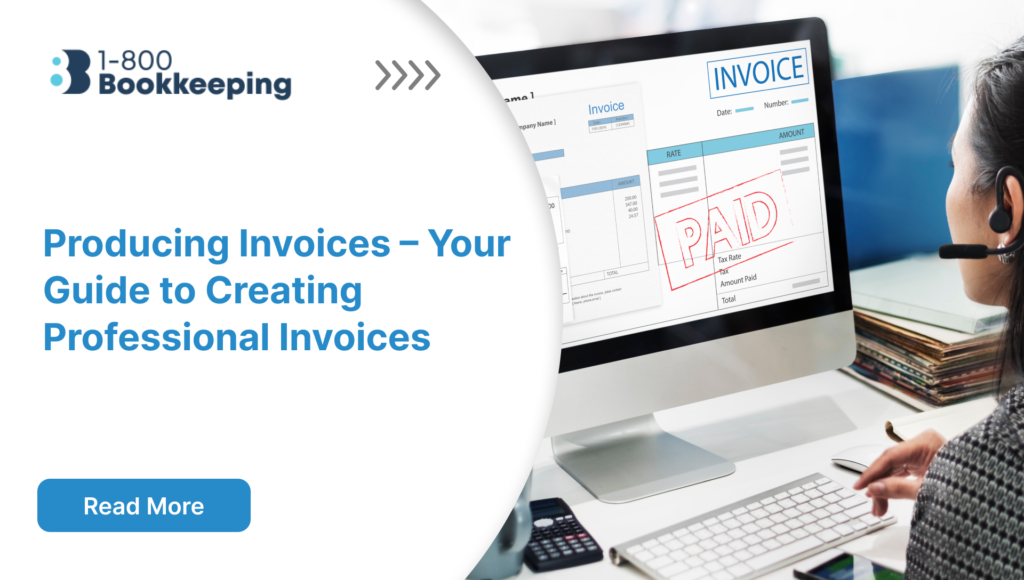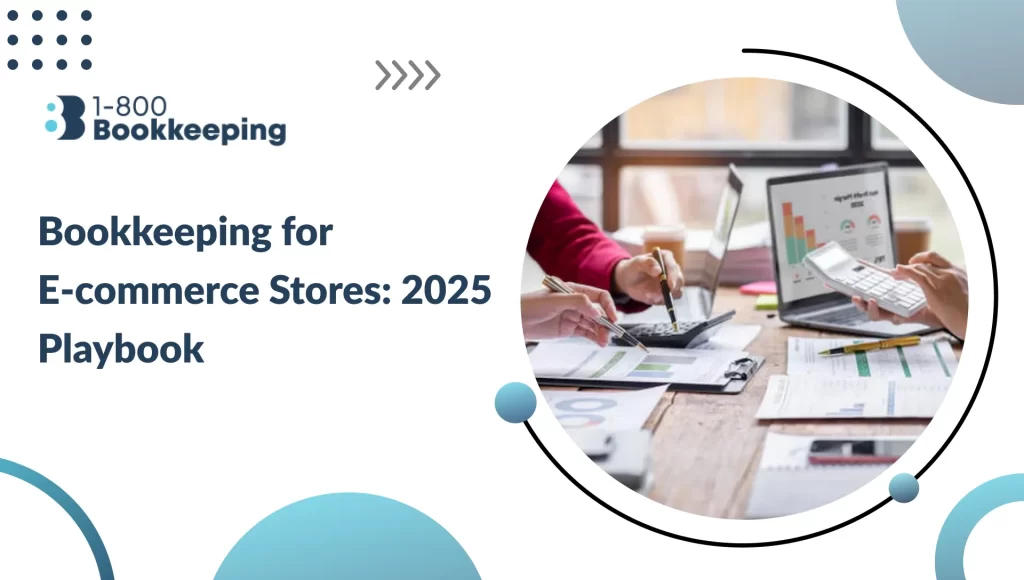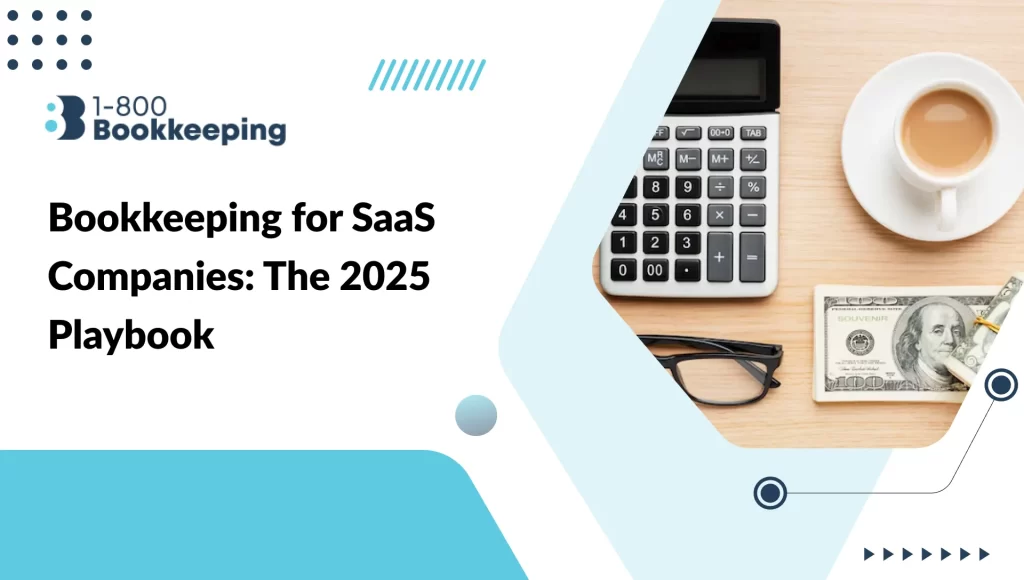Invoicing is essential for small businesses, freelancers, and large companies. It’s the step where services rendered or goods are formally recorded and billed to clients or customers. Efficient invoicing is crucial to maintaining a healthy cash flow and getting paid faster.
In this comprehensive guide, we’ll explain everything you need to know about creating professional, effective invoices that prompt timely payments.
What is an Invoice?
An invoice is a document sent by a provider of goods or services to the purchaser that establishes an obligation on the part of the purchaser to pay for the goods or services rendered. It serves as a detailed statement listing the transaction between the seller and the buyer and includes a cost breakdown.
What Information Goes on an Invoice?
A well-crafted invoice should include the following essential information:
- Company Information: The seller’s contact details and possibly a company logo.
- Invoice Name and Number: A unique identifier for the invoice.
- Invoice Date: The date when the invoice is generated.
- Itemized List: A detailed list of goods or services with individual costs.
- Total Amount Due: The total that the customer must pay.
- Payment Terms and Instructions: When and how the payment should be made.
- Applicable Taxes: Any tax related to the transaction.
- Additional Notes: Any extra information that the customer might need.
1800 Bookkeeping: Your Partner in Streamlined Invoicing and Financial Management
Handling the financial aspects of a small business can demand as much attention as the operational side. In particular, invoicing and record-keeping can become overwhelming tasks that consume time and impact your enterprise’s growth trajectory. With 1800Bookkeeping, you can step away from these daunting tasks and concentrate on the core of your business—driving growth and providing value to your customers.
Stop drowning in paperwork and start focusing on what you do best! Contact 1800Bookkeeping today for a free consultation.
What Are the Different Types of Invoices?
The world of business transactions is diverse and complex, and the need for various types of invoices reflects this variety. An invoice is not just a payment request; it’s a document that can serve multiple purposes depending on the nature of the business and the goods or services being exchanged. Understanding the different types of invoices and when to use them can help ensure that transactions are processed smoothly and efficiently. Let’s look at some common types of invoices and their specific uses.
Standard Invoice
The standard invoice is the most common type of invoice used by businesses. It is a versatile document that can be adapted for various transactions, from selling products to providing services. Standard invoices typically include the seller’s information, the client’s information, an invoice number, the invoice date, a detailed description of the goods or services provided, the cost for each line item, the total amount due, payment terms, and applicable taxes.
This type of invoice is a straightforward bill the seller sends to the customer after the goods or services have been delivered. It establishes an obligation for the client to pay the agreed-upon amount.
Commercial Invoice
When goods are shipped internationally, a commercial invoice is used. This type of invoice is far more detailed than a standard one because it serves several purposes: a customs declaration, a document that must be presented during the export and import process, and a transaction record for both the shipper and the receiver.
A commercial invoice will include all of the information found on a standard invoice, plus additional details required for international shipping, such as the country of origin, Harmonized System (HS) codes for products, and information about the buyer and seller that pertain to customs valuation and duty determination. The commercial invoice is essential for calculating tariffs, and international trade regulations require that it be included with the shipping documents.
Recurring Invoice
A recurring invoice is the most efficient solution for businesses that provide services regularly—such as monthly consulting services, subscription-based services, or maintenance contracts. As the name implies, these invoices are sent to customers periodically (e.g., weekly, monthly, or annually) to request payment for ongoing services.
Recurring invoices typically have the same format as standard invoices but are sent at regular intervals and often for a consistent amount. This type of invoice saves time and effort for the seller as it eliminates the need to create a new invoice each billing period. For the client, it provides a predictable billing schedule, which is helpful for budgeting and financial planning.
Pro Forma Invoice
A pro forma invoice is an estimate or a preliminary bill of sale sent to buyers before a shipment or delivery of goods or services. It is not an actual invoice because it does not demand payment. Instead, it outlines the seller’s intentions regarding what will be provided, how much it will cost, and what terms will apply to the transaction.
The pro forma invoice is often used for customs purposes in international trade or for customer approval before an order is finalized. It provides a buyer with a clear idea of what to expect and can help arrange payment or secure financing for the purchase, but it is not a legal request for payment like a standard or commercial invoice.
Each of these invoices plays a vital role in the smooth operation of business transactions. Knowing which type of invoice to use—and when—can help ensure accuracy, legal compliance, and a professional approach to billing and payment collection. Whether you’re a small business owner, a freelancer, or part of a larger organization, mastering the various types of invoices and their functions is essential to managing your financial operations.
How to Create an Invoice: A Detailed Guide
Compiling an invoice is an integral part of business operations, as it officially requests payment for goods or services provided. While it may seem daunting, crafting an invoice is a straightforward process when broken down step by step. Below, we expand upon the essential elements required to create a comprehensive and professional invoice.
1. Include Your Company Information
Begin your invoice by prominently displaying your company’s information. This should include your:
- Company Name: The legal name under which your business operates.
- Address: The physical location of your business, which can be crucial for legal and postage reasons.
- Contact Number: An active phone number where you or your billing department can be reached.
- Email Address: A professional email address for electronic communication and receipt of digital payments.
This information cluster not only provides your clients with necessary contact details but also reinforces the legitimacy and professionalism of your invoice.
2. Name Your Invoice
At the top of the document, after your company information, clearly indicate that the document is an invoice. This can be accomplished simply by titling the document Invoice.
3. Include an Invoice ID
Assign each one a unique number to ensure proper tracking and organization of your invoices. This ID, often called an invoice number, is critical for maintaining records, tracking payments, and handling potential disputes or inquiries. It is also beneficial for tax and accounting purposes.
4. Date Your Invoice
The invoice date—reflecting when the invoice was issued—is crucial for several reasons. It helps establish the timeframe for payment, plays a role in calculating finance charges for late payments, and is necessary for accounting and tax records. Include the date near the invoice number for easy reference.
5. Provide an Itemized List of Goods and Services
Transparency is critical in preventing disputes and ensuring a smooth payment process. List each product or service you charge for, along with a description, quantity, and price per unit if applicable. This itemized list will serve as a detailed account of what the client is paying for and help to justify the total amount due.
6. Calculate Fees and the Total Amount Due
Once you have listed all the goods or services provided, tally up the individual costs to arrive at a subtotal. Then, calculate applicable taxes, discounts, or additional fees and add or subtract them from the subtotal to find the total amount due. The total should be prominently displayed on the invoice to inform the recipient of the balance owed.
7. Include Payment Terms and Notes
In this section, be explicit about your expectations for payment. Include:
- Payment Deadline: State when the payment is due, typically expressed as some days from the invoice date (e.g., Net 30 for payment 30 days after invoice date).
- Accepted Payment Methods: List the forms of payment you take, such as checks, credit cards, bank transfers, or online payment systems.
- Late Payment Penalties: If applicable, detail any interest or fees for late payments to encourage prompt payment.
It is also helpful to include additional instructions or notes that could assist the client, such as a thank-you message or instructions for electronic payment.
8. Double-Check Information Before Sending
Before sending the invoice to the client, take the time to review all the information for accuracy. This includes checking for correct calculations and spelling errors and listing all services or products. Errors on an invoice can create distrust, lead to delayed payments, or necessitate reissuing the invoice, so thorough double-checking is time well spent.
Following this comprehensive process, you can generate invoices that serve their primary function—requesting payment—and reinforce your image as a professional and organized business.
Invoicing Best Practices for Timely Payments
Ensuring that your invoices lead to prompt payments is more about strategy than just sending a bill. Timely payments are vital for maintaining a healthy cash flow, which is the lifeblood of any business. Adhering to some best practices regarding invoicing improves the likelihood of being paid on time.
Send Invoices Promptly
One of the critical strategies to ensure timely payments is to invoice as soon as possible. The quicker you send out an invoice after goods or services have been delivered, the fresher the transaction is in the customer’s mind, and the quicker you’re likely to get paid. Utilize technology to expedite the invoicing process; online invoice generators and accounting software can significantly reduce the time it takes to create and send invoices. With features like invoice templates and automatic calculations, they minimize manual entry and the risk of errors, which can otherwise delay payments.
Offer Flexible Payment Methods
Another way to encourage prompt payment is by offering multiple payment options. In a world where digital transactions are increasingly common, businesses should provide a variety of payment methods to cater to all customer preferences. This might include traditional payment methods like check or bank transfers, credit card payments, online payment portals, or mobile payment apps. The more convenient it is for the customer to pay, the more likely they will do so on time.
Clearly State the Payment Deadline
It’s also vital to indicate the due date for payment on each invoice. Adding a due date serves as a reminder for the customer and sets a clear expectation for when you anticipate receiving payment. This simple act of specifying a timeframe can psychologically prioritize your invoice amongst your customer’s many financial obligations. Due dates also enable businesses to systematically follow up on late payments and serve as a basis for applying any agreed-upon late fees, should that be necessary.
The Importance of the Due Date on an Invoice
The inclusion of a due date on an invoice cannot be overstated. Beyond being a simple reminder, the due date plays a crucial role in cash flow management, a core component of business financial planning. Knowing when payments are expected allows businesses to forecast their income and manage outgoings accordingly. It helps prevent cash shortages that could interrupt operations or impede the ability to invest in growth opportunities.
A due date also provides a benchmark for financial accountability. It becomes the point of reference from which a business can measure a customer’s payment habits and thus manage credit extended to them. For the customer, it offers a clear commitment and contributes to building a reputation as a reliable payer, which can be beneficial for fostering a strong business relationship.
Conclusion:
Invoicing is critical to business operations, ensuring that goods and services are formally recorded and billed to clients. With the right strategies and tools, businesses can streamline invoicing processes, maintain a healthy cash flow, and facilitate timely payments. Whether you’re a small business owner, freelancer, or part of a larger organization, mastering the art of invoicing is essential for financial stability and growth.
Partnering with experts like 1800 Bookkeeping can provide invaluable support. This allows you to focus on driving your business forward while leaving the complexities of bookkeeping behind.
Feeling Overwhelmed by Bookkeeping? We Can Help.
Running a business is demanding, and keeping track of your finances can be a never-ending chore. Many business owners need help with the complexities of bookkeeping, which can leave them frustrated and behind.
1800 Bookkeeping offers expert services to streamline your financial processes and empower you to make informed decisions.
Our team of seasoned professionals understands the unique challenges businesses of all sizes face. We can help you:
- Free Up Valuable Time: Offload your bookkeeping tasks to our dedicated professionals.
- Gain Peace of Mind: Ensure your financial records are accurate and up-to-date.
- Make Smarter Decisions: Get actionable insights into your business performance through clear and concise reports.
- Feel Confident: Make informed financial decisions based on reliable data.
Don’t let bookkeeping hold you back from achieving your business goals. Contact 1800 Bookkeeping today for affordable bookkeeping solutions.
FAQ:
1. Why is invoicing important for businesses?
Invoicing is essential for businesses as it formalizes transactions, establishes payment obligations, and helps maintain a healthy cash flow. Timely and accurate invoicing ensures businesses get paid for their goods or services, facilitating financial stability and growth.
2. What are the essential elements of an invoice?
An invoice should include company information, an invoice name and number, an invoice date, an itemized list of goods or services, the total amount due, payment terms and instructions, applicable taxes, and any additional notes relevant to the transaction.
3. What are the different types of invoices?
Ordinary invoices include standard invoices, commercial invoices for international transactions, recurring invoices for regular services, and pro forma invoices for estimates or preliminary bills.
4. How can businesses improve their invoicing processes?
Businesses can improve their invoicing processes by sending invoices promptly, offering flexible payment methods, clearly stating payment deadlines, and utilizing technology such as online invoice generators or accounting software to streamline the process.
5. Why should businesses consider outsourcing bookkeeping tasks?
Outsourcing bookkeeping tasks to experts like 1800 Bookkeeping can free up valuable time, ensure accurate and up-to-date financial records, provide actionable insights into business performance, and instill confidence in financial decision-making.





